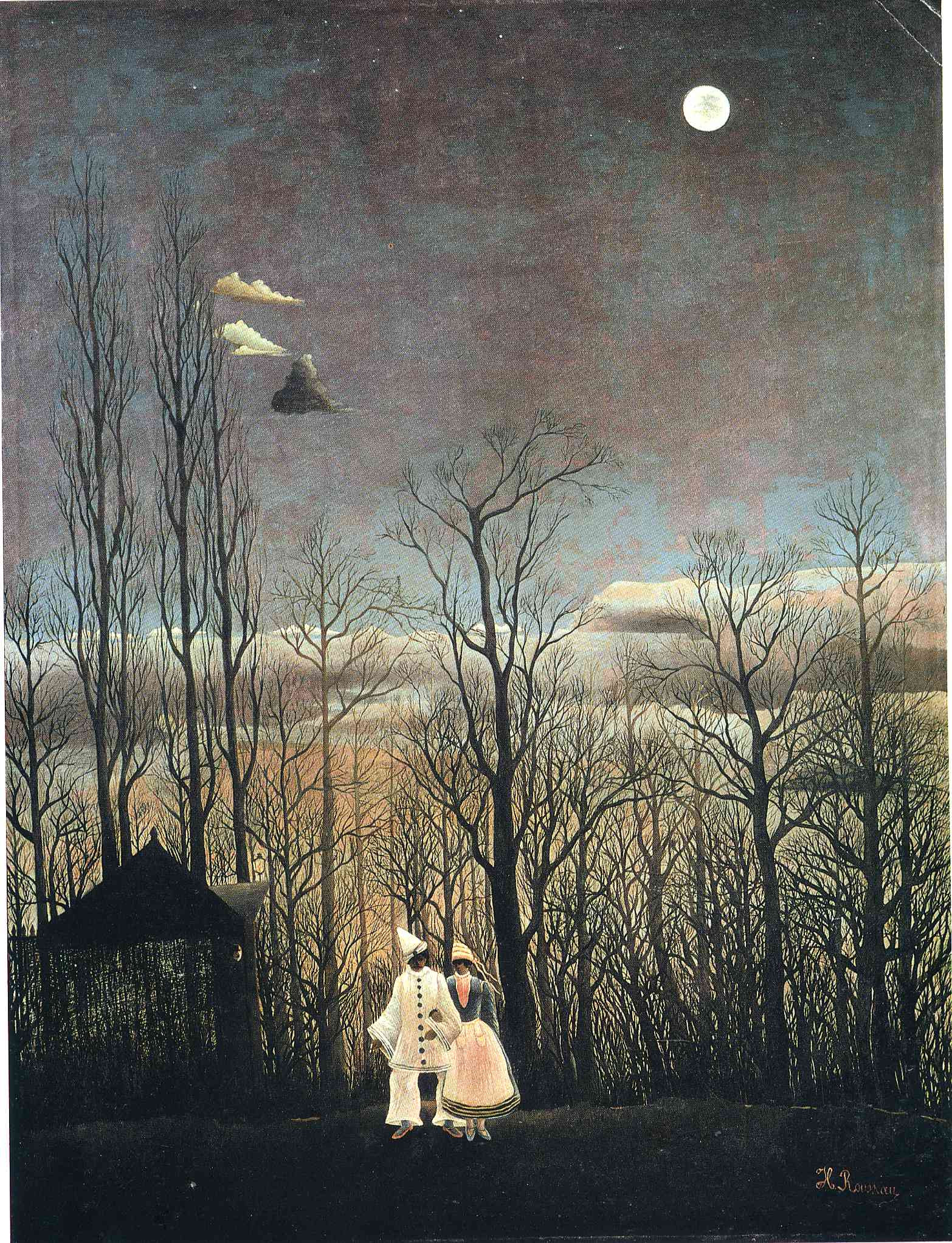Henri Rousseau’s “A Carnival Evening” is an oil painting that dates back to 1886. It currently hangs in the Philadelphia Museum of Art and is truly a sight to behold. The painting depicts two figures dressed in carnival attire in a dream-like setting. The background is sparse, only knownlight glinting off of the figures and shining through the dark trees – giving it an ethereal quality.
The vibrant colors that make up the characters’ wardrobe draw attention to the painting and its subject matter, though the overall setting is simplistic; two people in a seemingly forgotten landscape. This contrasts with the air of festivity that exudes through the painting — amplifying Rousseau’s depiction and mastery of his craft during this time period. As viewers take in each mesmerizing brush stroke and explore Rousseau’s unique interpretation, they are enveloped by “A Carnival Evening” – an artwork that speaks to our collective fascination with fantasy and indulgence.






















